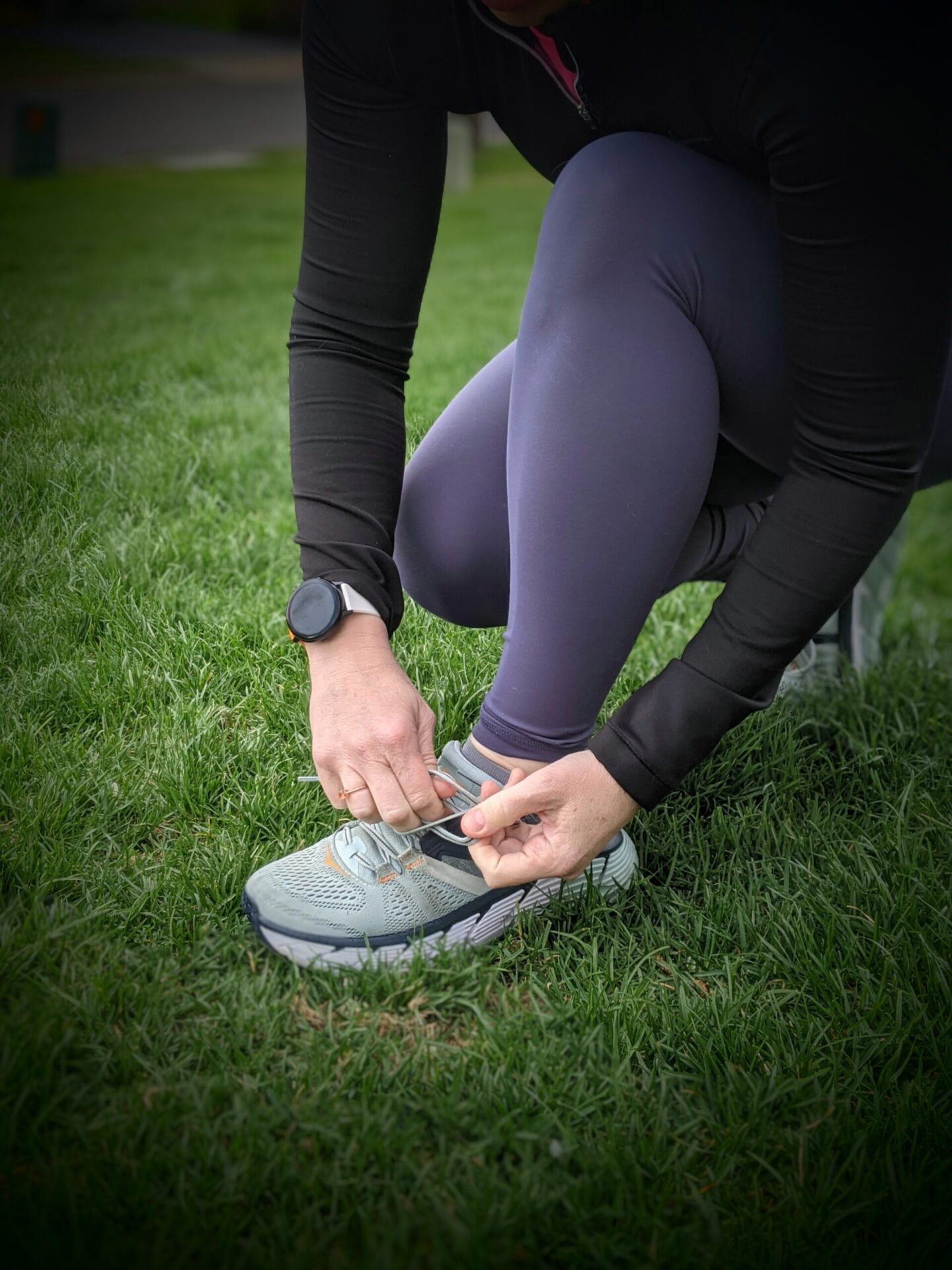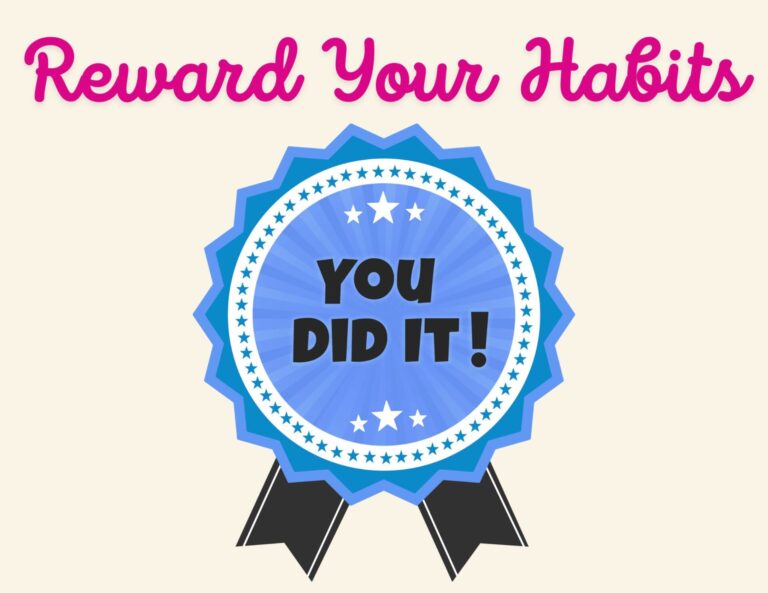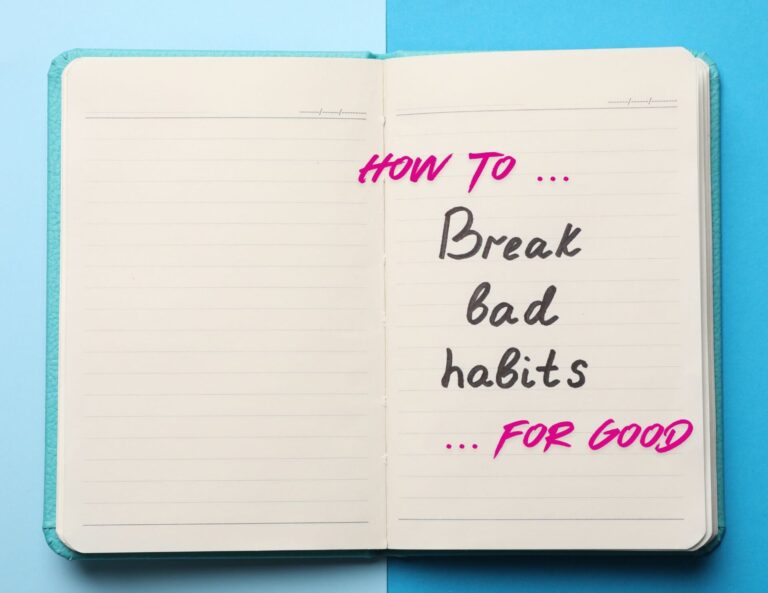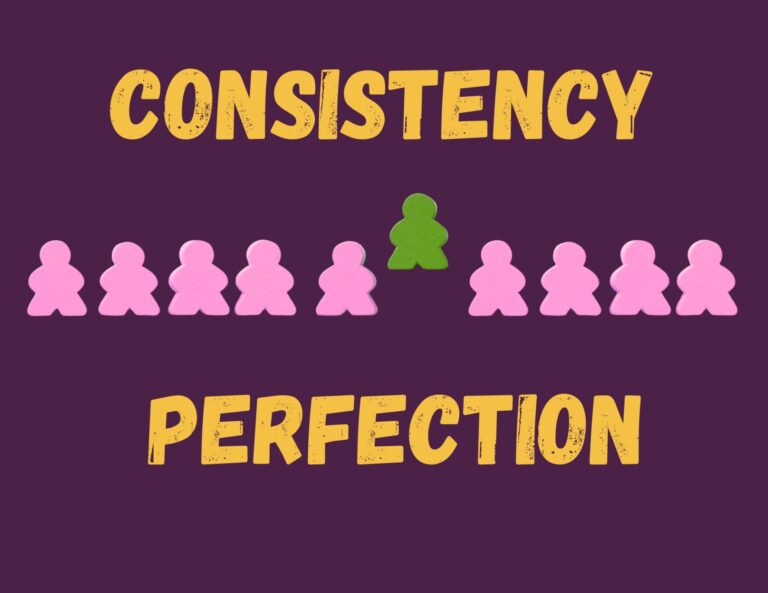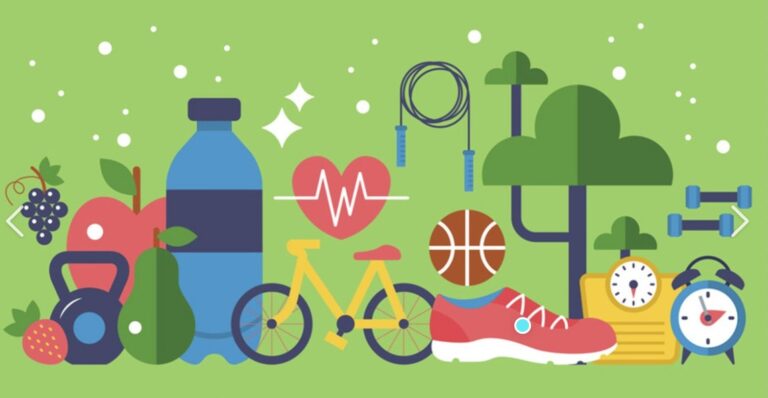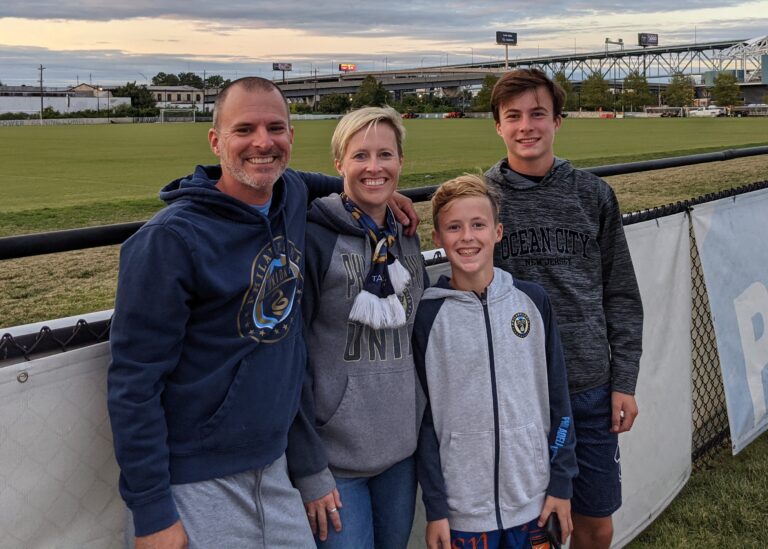This post may contain affiliate links. Read the full disclosure here.
Are You Really Ready for Change?
It’s mid April already. Did you make a commitment to be fit in 2021? Have you been working steadily toward your goals? Are you seeing progress? Or did you start out with big aspirations and haven’t managed to get started yet?
It may be time to reassess.
Becoming healthy means making lifestyle changes. If you are struggling with reaching your goals, maybe you were unrealistic when you set them. Besides the importance of having a SMART goal (specific, measurable, attainable, realistic, time-bound), it’s also critical that you look in the mirror and take a serious look at yourself. How committed are you to making a lifestyle change? Be honest! Are you really ready? Lots of people want to exercise more and eat better, but not all people are ready to make the lifestyle changes required to reach those goals.
It may help to understand that adopting healthy lifestyles is affected by beliefs and behaviors that can be categorized into the 5 stages of change (also called a continuum of change because movement in both directions is normal). As you read thru each stage, think about where you fit in.
1 – Precontemplation – People who are sedentary and have no intentions of considering any type of lifestyle change are precontemplators. To move beyond this stage, people need to be informed of the risks of inactivity. Becoming aware of the benefits of physical activity is the key to moving forward.
2 – Contemplation – People who are starting to think about the benefits of becoming more active but who are not yet ready to commit, are in the contemplation stage. Understanding the opportunities for physical activity are key to moving into the next stage. Consistent reminders of the positive outcomes associated with exercise are also essential.
3 – Preparation – People in this stage are ready to live a more active lifestyle. They may take an occasional jog or visit the gym once in a while. Their exercise patterns are not regular, but they are preparing to become more consistent. People in this stage benefit most from structured programs with continuous encouragement. Support from family and friends is critical, as is planning for ways to overcome obstacles.
4 – Action – People in this stage have been exercising regularly for less than six months. This stage is at the highest risk for lapses (falls back down the continuum). The focus of moving beyond this stage is continued support and adherence to goals. Coping strategies related to overcoming obstacles and preventing lapses are critical. A vision board containing images of longer-term goals is very helpful for adherence.
5 – Maintenance – People in this stage have adopted a regular program of physical activity and sustained it for longer than six months. The goal of this stage is to live in it forever, although lapses still occur here. Preventing boredom or burnout is essential to succeed long term in the maintenance stage.
Bottom Line: Where do you exist on the continuum of change? Do you understand your perceived obstacles to change? It’s worth spending time figuring out where you live within this model. Nobody gets a free ticket to the top. You build lifestyle changes by putting in the hard work, both physical and mental, to climb the ladder. And by the way, everybody has lapses. Lapses are minor set backs in the plan, they are not failures. The key is to pick yourself back up and start climbing again toward your best, healthiest life.

